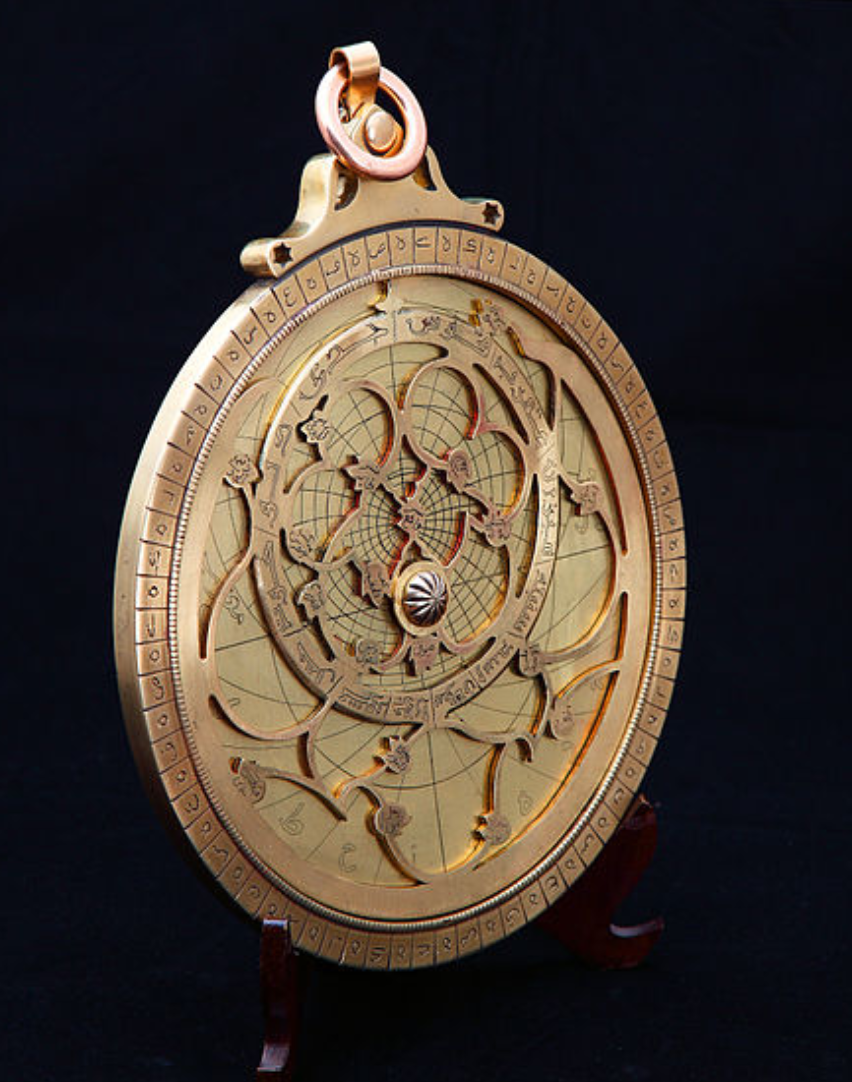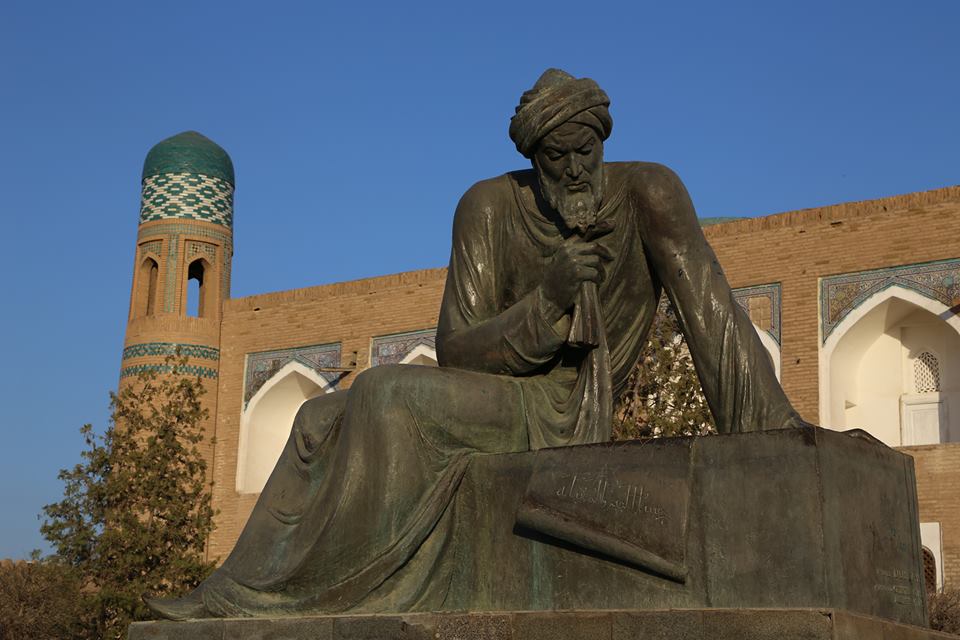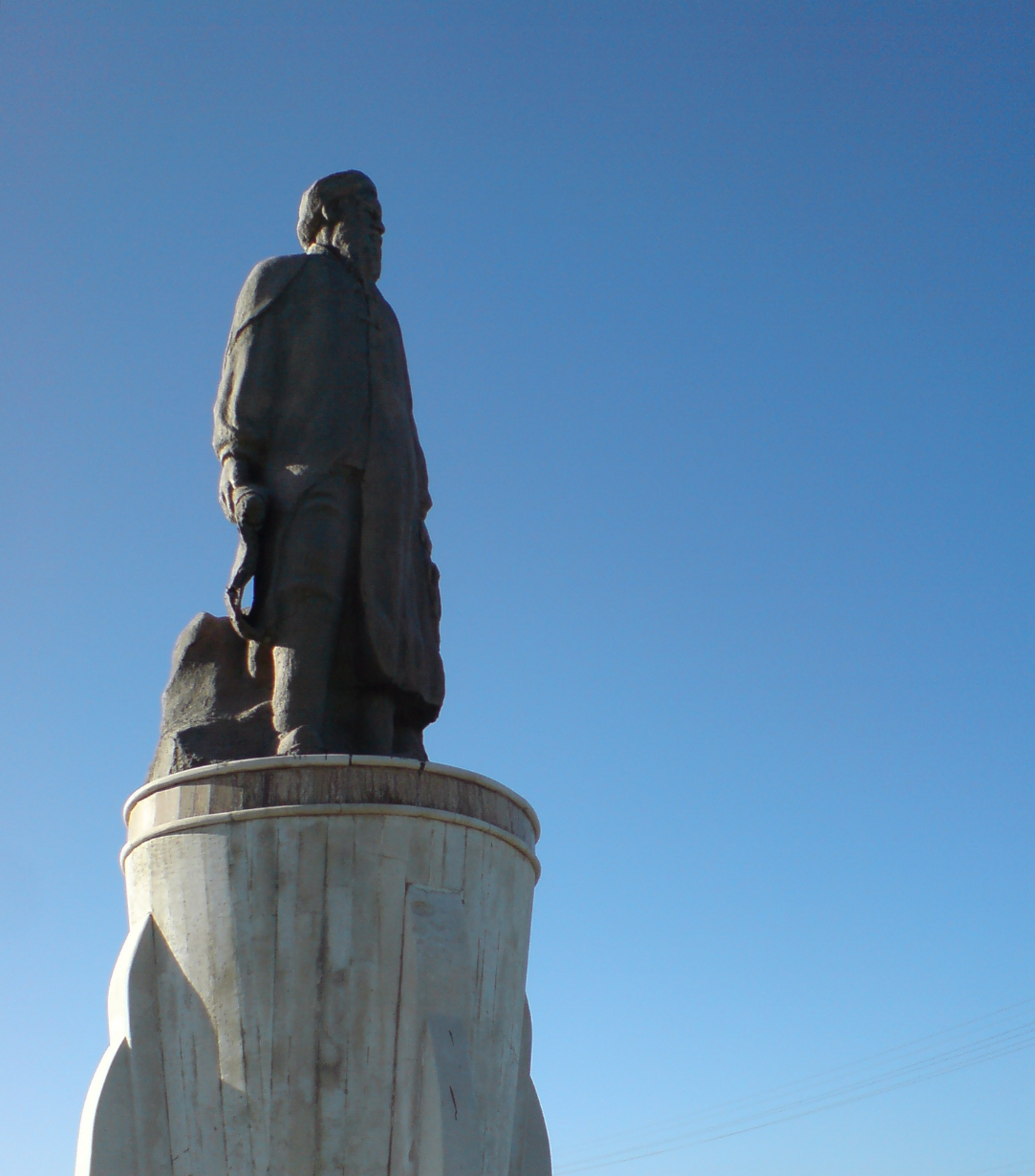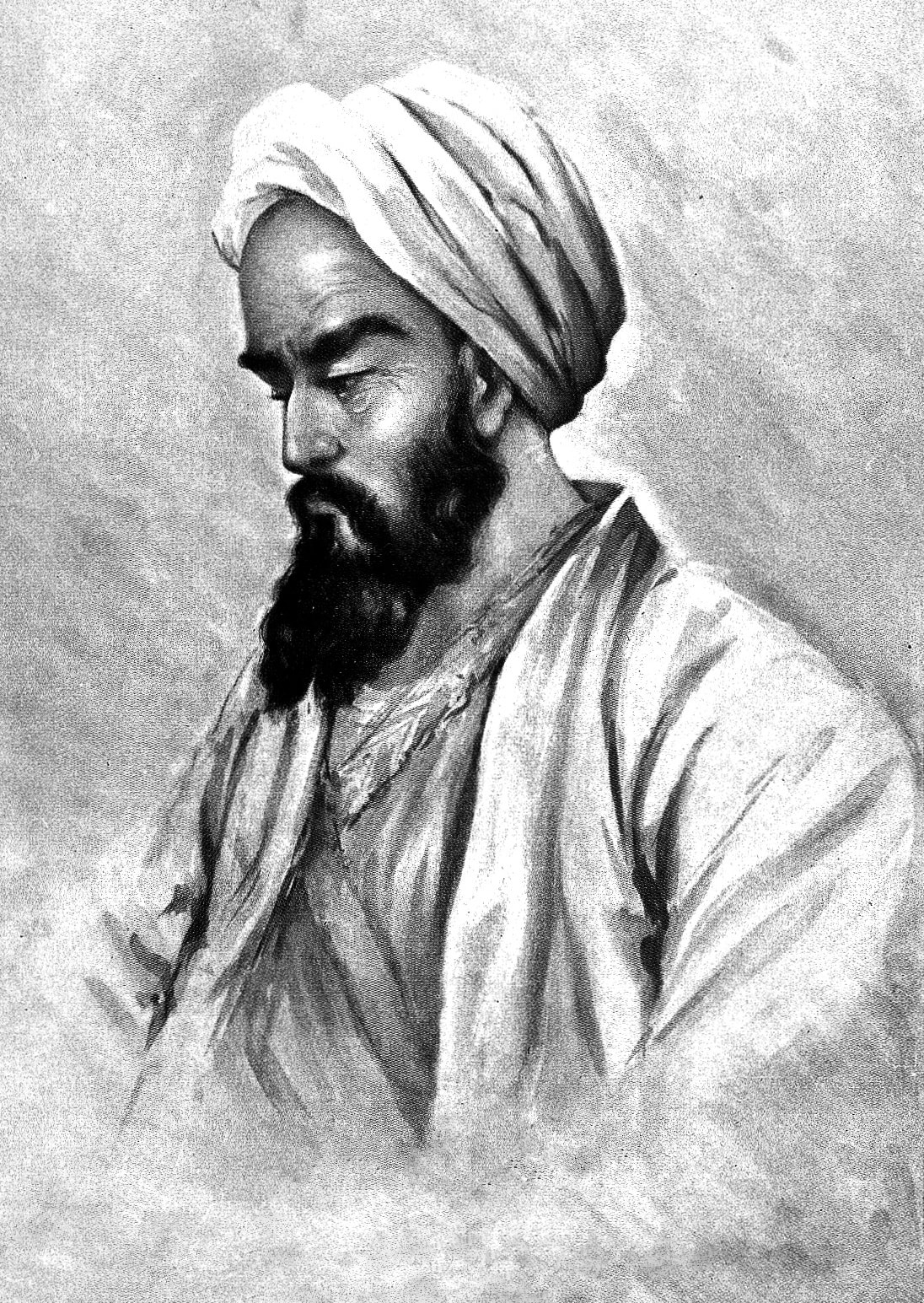|
Abu Saeed Sijazi or Sijzi (945-1020 AD) was an astronomer, mathematician and astrologer. His last name indicates that he was a native of Sijistan, what is now called Sistan, a border region of today’s eastern Iran and southwestern Afghanistan. Sijzi wrote at least 45 geometrical and 14 astronomical treaties. He dedicated much of his work to the prince of Balkh, and Fanna Khosrow, the emir of the Buyid dynasty, who seems to have been his patron. He worked for years in the city of Shiraz in Iran making astronomical observations. He combined data from pre-Islamic material, specifically from the Iranian Sassanid dynasty era, and from the Islamic era including Harun al-Rashid’s for a book on general astrology and its history. He is best known for his correspondence with well-known scientist and philosopher, Biruni, and for proposing in the 10th century that the Earth rotates around its axis. Biruni writes about Sijzi that, “I have seen the astrolabe called Zuraqi invented by Abu Saeed Sijzi. I liked it very much and praised him a great deal, as it is based on the idea entertained by some to the effect that the motion we see is due to the Earth's movement and not to that of the sky. By my life, it is a problem difficult of solution and refutation. [...] For it is the same whether you take it that the Earth is in motion or the sky. For, in both cases, it does not affect the Astronomical Science. It is just for the physicist to see if it is possible to refute it.” -----------------------------------------------------------------------------
Sources:
Muhammad ibn Musa Khwarizmi was an Iranian mathematician, astronomer, astrologer and geographer. We don’t know much about his early life, though it has been said that he was born in 780 A.D. in Khorasan, right on the legendary ancient Silk Road between China and Rome. Al-Mamun—the son of the legendary Harun al-Rashid, who was made famous in the story of the Arabian Nights—created the House of Wisdom in Baghdad as a scientific research academy. It had a large and rich library and distinguished scholars of all faiths were invited to work there. Khwarizmi is one of the greatest scientific minds of the medieval period and the most important Muslim mathematician. He is called the “Father of Algebra.” Though the ancient Greek philosopher, Diophantus, is sometimes also called the “Father of Algebra,” scholars believe that the title more appropriately belongs to Khwarizmi. His work translated into Latin in the 12th century is largely concerned with methods of solving practical computational problems. It is a compilation of rules and demonstrations for finding solutions of linear and quadratic equations based on geometric arguments. Its systematic demonstrative approach distinguishes it from earlier works. Elements within the work can be traced from Babylonian mathematics of 2nd BCE through Hellenistic, Hebrew and Hindu treatises. Khwarizmi introduced Hindu-Arabic numerals to the world and compiled a set of astronomical tables based on Hindu and Greek sources. An Andalusian revision of this work was also translated into Latin. For 700 years after his death European mathematicians cited him in their works, referring to him with his Latinized name “Algorismi.” The modern word for algorithm, which is a complex mathematical formula is derived from his Latinized name and he has sometimes been called the grandfather of computer science. --------------------------------------------------------------------------------
Sources:
Abu Saeed Abul-Khayr (967-1049) was an Iranian born in what is modern day Turkmenistan and is one of the earliest Sufi poets. He received his formal education in Islamic scholarship and Arabic literature but at the age of 23 left them for Sufism. In his poetry, he emphasized the liberation from the “I”, which he believed was the cause of human misfortune and separation from the Divine. To enter the realm of the Beloved, you required not only personal effort but divine grace and the guidance of a Sufi master. Though virtually unknown in the West, Abul-Khayr is ranked amongst Farsi speakers above the three well-known Sufi master—Sanai, Attar and Rumi. His fame spread throughout the Islamic world and to Spain. Attar even referred to him as his spiritual teacher. Abul-Khayr was a contemporary of the great philosopher and physician, Avicenna. A legend has it that upon meeting for the first time, Avicenna and Abul-Khayr meditated for three days in seclusion, exchanging mystical and philosophical ideas. After the meditation, Avicenna was asked what he thought of Abul-Khayr. Avicenna replied: “What I know, he can already see!” Abul-Khayr was asked what he thought of Avicenna and he replied: “Whatever I can see, he already knows!” Abu-Khayr spoke forcefully against extremists and religious people who forced their personal interpretation on others. Here is a section of his poem which expresses that viewpoint and is beautifully translated by author, Vraje Abramian. “Suppose you can recite a thousand holy verses from memory. What are you going to do with your ego self, the true mark of the heretic? Every time your head touches the ground in prayers, remember, this was to teach you to put down that load of ego which bars you from entering the chamber of the Beloved.” ----------------------------
Sources:
Abu Bakr Muhammad ibn Zakariya Razi is one of the greatest names in medieval medicine. He was born in the city of Ray in Iran in 865 AD. When he was young, he was interested in music but then turned his focus on to medicine, astronomy, mathematics, chemistry and philosophy. Soon, he was known as an expert in medicine, and students from distant parts of Asia came to him for treatment. Razi was a prolific author, who left more than 200 scientific contributions to his credit, most of which dealt with medicine and alchemy. A few of his works in medicine gained global fame and have been published in various languages. He wrote treatises on various conditions including colic, kidney and bladder stones and diabetes. A treatise he wrote on smallpox and measles was translated into Latin in the 18th century and became incredibly influential during a time when there was much interest in vaccination. His Comprehensive Book on Medicine, the Hawi, was translated in 1279 into Latin under the title Continens. In Europe, he was known by his Latinized name, Rhazes. About 40 of his books are in the museums of Paris, Britain, Rampur and Bankpur and Iran. Razi’s contribution greatly influenced the development of science, particularly medicine. -------------------------------------------------------------------------
Sources:
|
Details
AuthorSaghi (Sasha) Archives
May 2019
Categories |




 RSS Feed
RSS Feed